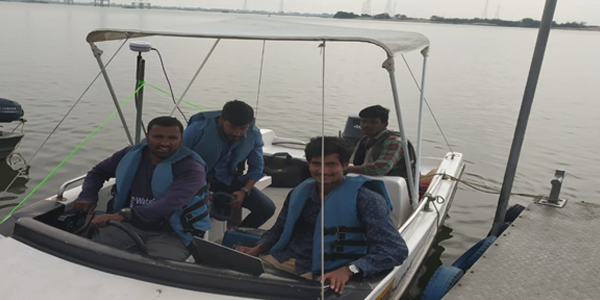Dredging the river would remove silt from the riverbed, increasing the river's water retention capacity. As a result, the strain on the banks would be lessened, lowering the risk of flooding and erosion.Desilting is the process of removing fine silt and sediment from a river to restore its natural capacity without enlarging or deepening it. Desiltation operations can enhance a river's hydraulic performance.
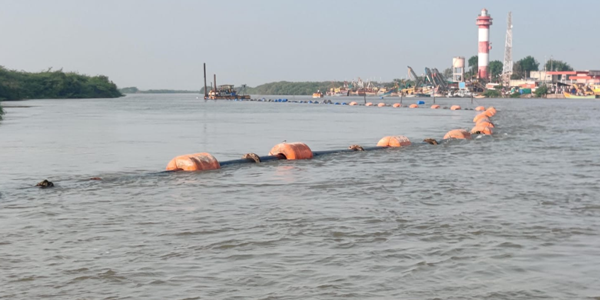
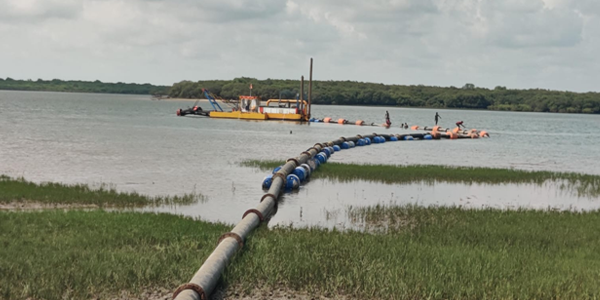
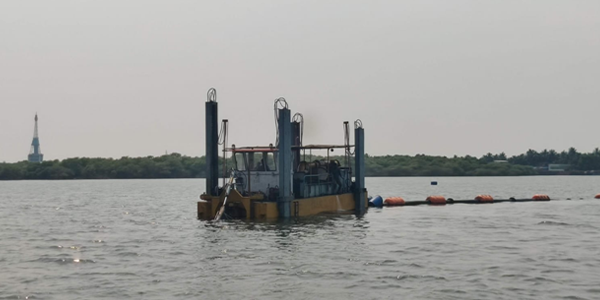
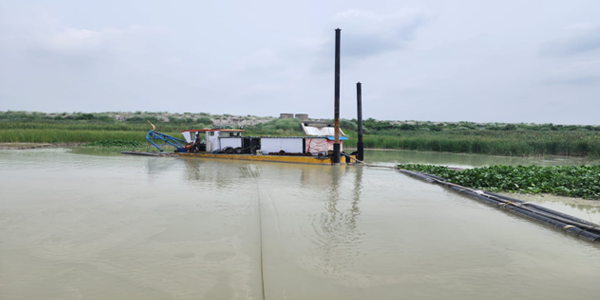
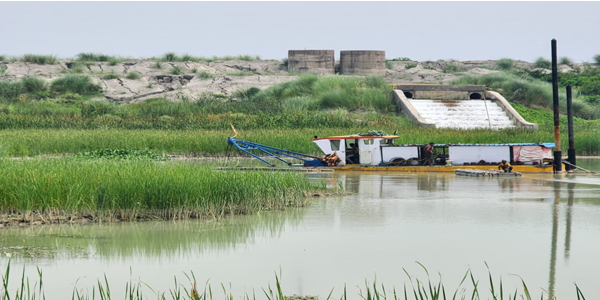
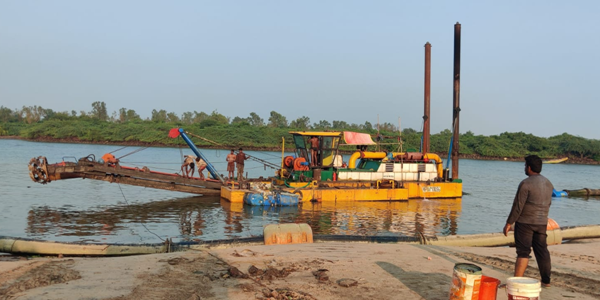
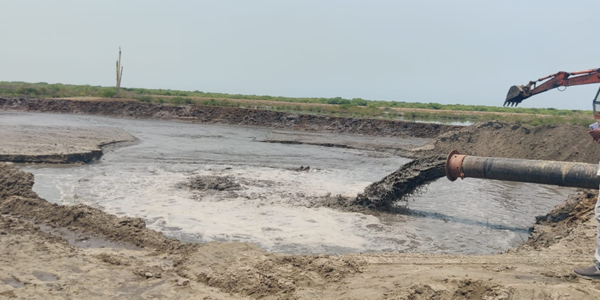
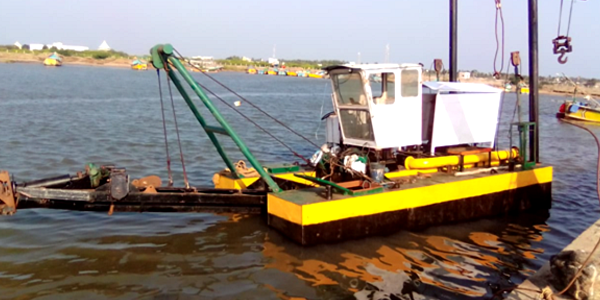
Hydro Dredge - III
200 diaCutter Suction Dredger
LOA : 12.5 m, Beam: 3.6 m, Draft: 0.6 m.
Max. Dredging Depth : 6.0 m
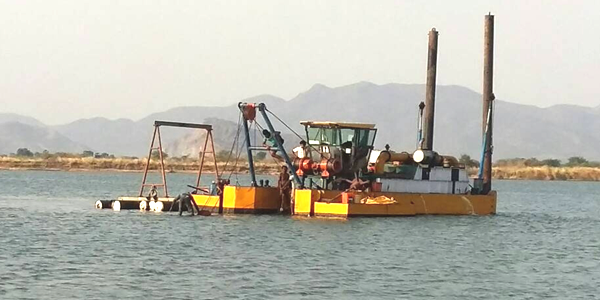
Hydro Dredge - V
300 dia Cutter Suction Dredger
LOA: 21.0 m, Beam: 5.5 m, Draft: 1.2 m
Max. Dredging Depth: 7.0 m
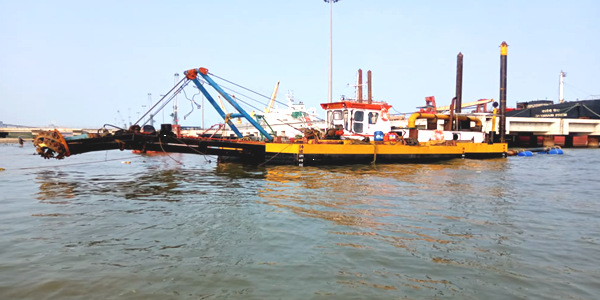
Hydro Dredge - III
300 Dia Suction Dredger
LOA : 21.0 m, Beam: 5.5 m, Draft: 1.2 m
Max. Dredging Depth : 6.0 m
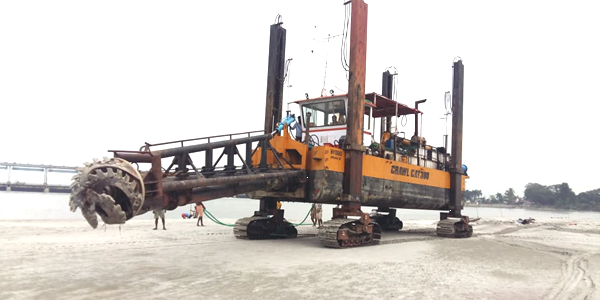
Hydro Dredge - IV
300 diaCrawl Cat Dredger
LOA : 21.0 m, Beam: 4.1 m, Draft: 1.0 m.
Max. Dredging Depth : 6.0 m
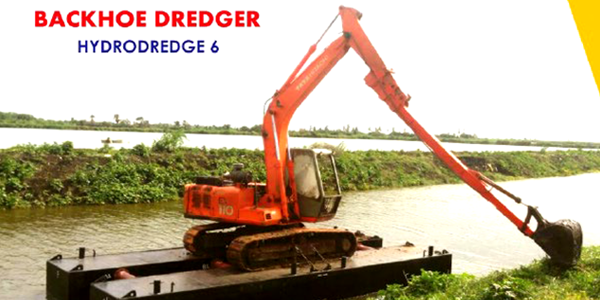
Hydro Dredge - VI
Pontoon Mounted Excavator
LOA : 9.0 m, Beam: 3.7 m, Draft: 0.6 m
Max. Dredging Depth : 6.0 m
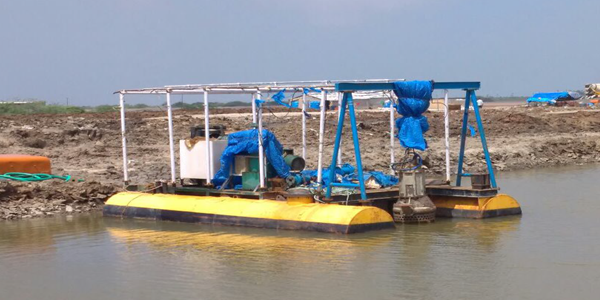
Hydro Dredge -VII
Pontoon Mounted Toyo Dredge Pump
LOA : 6.0 m, Beam: 4.2 m, Draft: 0.6 m
Max. Dredging Depth : 12.0 m
Survey Equipment
| Equipment | No’s |
|---|---|
| Echosounder – Syqwest Bathy 500 DF | 1 |
| DGPS – Hemisphere R110 | 1 |
| Auto Level – Sokkia | 1 |
| Survey Boats | 2 |
| Surveyors | 4 |
